
Physics and Astronomy joins elite group promoting equity, diversity, and inclusion
The UCR Department of Physics and Astronomy has been accepted to the American Physical Society Inclusion, Diversity, and Equity Alliance, or APS-IDEA, joining a consortium of physics departments, laboratories, and research collaborations committed to improving equity, diversity, and inclusion. APS-IDEA, a network of nearly 100 institutions worldwide, addresses long-standing, systemic barriers that have led to...
By Iqbal Pittalwala | Inside UCR |
What's the matter with the Universe? Scientists have the answer
MSN NEWS - A team of US astrophysicists has produced one of the most precise measurements ever made of the total amount of matter in the Universe, a longtime mystery of the cosmos. The answer, published in The Astrophysical Journal on Monday, is that matter accounts for 31.5 percent -- give or take 1.3 percent...
By Issam Ahmed | AFP |
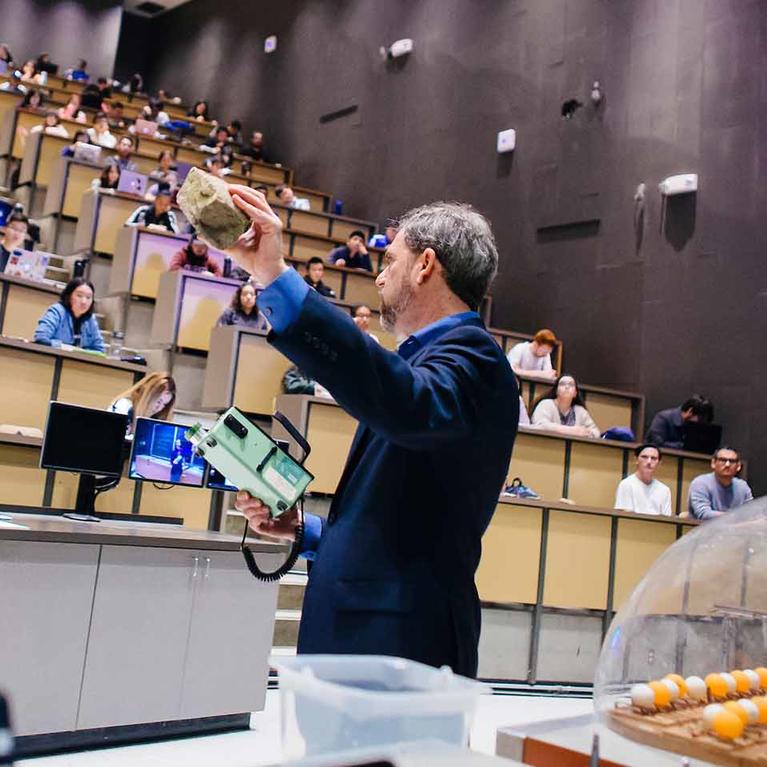
CNAS meets Living the Promise campaign goal
A gift made anonymously to the Department of Physics and Astronomy at UC Riverside has helped the College of Natural and Agricultural Sciences, or CNAS, in which the department is housed, meet and surpass its goal of raising $100 million toward the $300 million Living the Promise campaign, the university’s first ever comprehensive fundraising campaign...
By Iqbal Pittalwala | Inside UCR |
The new pandemic hobby: gazing at the stars
WALL STREET JOURNAL - It's too hot to bake yet another peach pie and too late in the season to start a victory garden, but it is a prime time to ponder the night sky. More than 60 places around the country have been designated as exemplary stargazing sites by the International Dark-Sky Association, which...
By Adam H. Graham | Wall Street Journal |
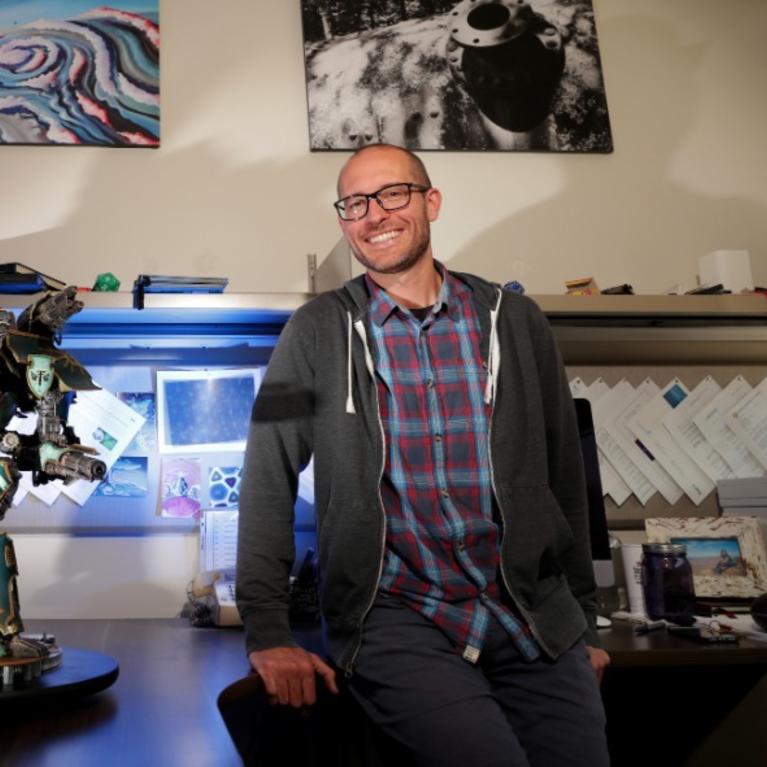
Creating through crises
As the coronavirus pandemic continues across the U.S., many are finding that discovering and engaging in creative hobbies offers a welcome outlet for stress and anxiety. But sustaining the motivation to create during times of high stress can be challenging. Members of the UCR community share the ways they have been exploring their own creativity...
By Jessica Weber | UCR News |
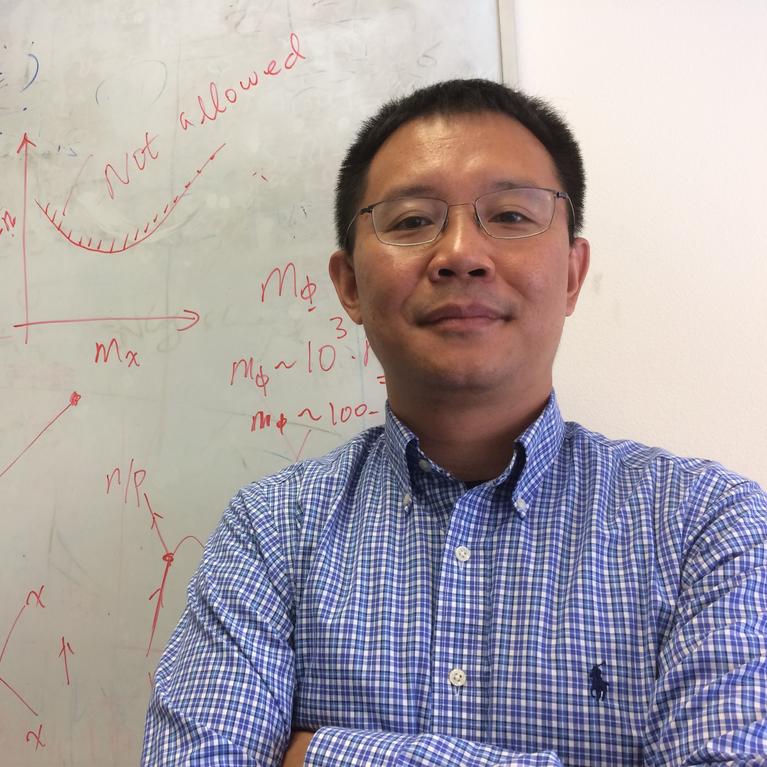
Grant awarded to physicist to explore the dark sector
The John Templeton Foundation has supported research on a diverse range of subjects including creativity, forgiveness, and free will. Dark matter — nonluminous material in space that is understood to constitute 85 percent of the matter in the universe — can now be added to the list. The foundation has awarded UC Riverside physicist Hai-Bo...
By Iqbal Pittalwala | Inside UCR |
Plants are green because they reject harmful colors
INSIDE SCIENCE - Forget showing your true colors -- plants are green precisely because they don’t appreciate the type of energy that falls within the green spectrum. Researchers have long understood that plants use sunlight to photosynthesize carbon dioxide and water into food. But they didn’t know exactly why photosynthesizing organisms such as plants appear...
By Joshua Learn | Inside Science |
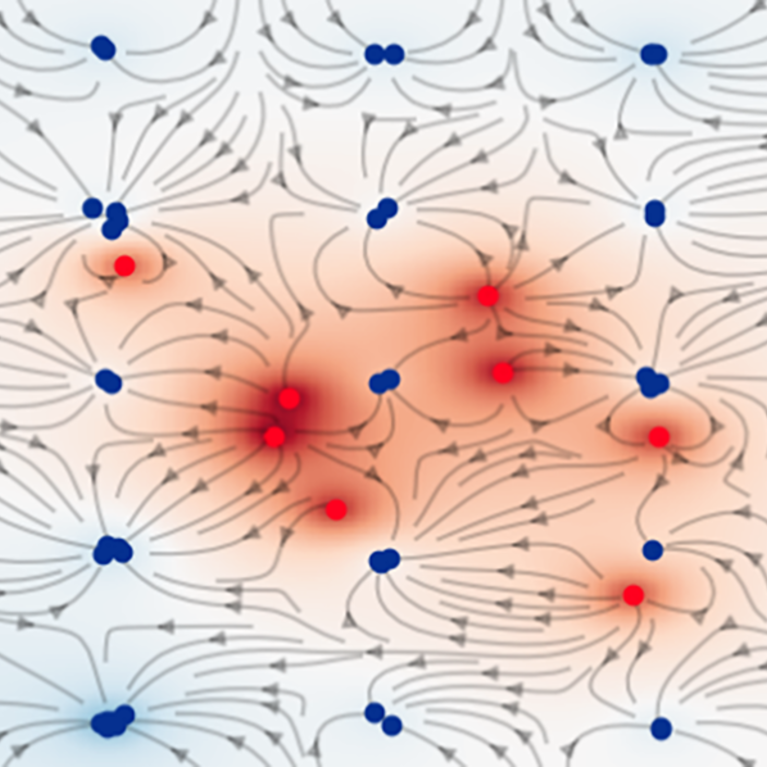
Postdoctoral researcher awarded American Physical Society fellowship
Yunjin Choi, a postdoctoral researcher at UC Riverside, is a recipient of the 2019-20 M. Hildred Blewett Fellowship awarded by the American Physical Society, or APS, to enable women to return to physics research after having had an interruption in their careers. Choi, who works with Shan-Wen Tsai, an associate professor in the Department of...
By IQBAL PITTALWALA | Inside UCR |

Physicist to study bacteria undergoing photosynthesis
Last year, physicist Nathaniel Gabor was one of two UC Riverside professors awarded the Presidential Early Career Award for Scientists and Engineers, the highest honor bestowed by the U.S. government for scientists and engineers at the beginning stages of their careers. The award to Gabor includes a $1 million research budget from the Air Force...
By IQBAL PITTALWALA | Inside UCR |
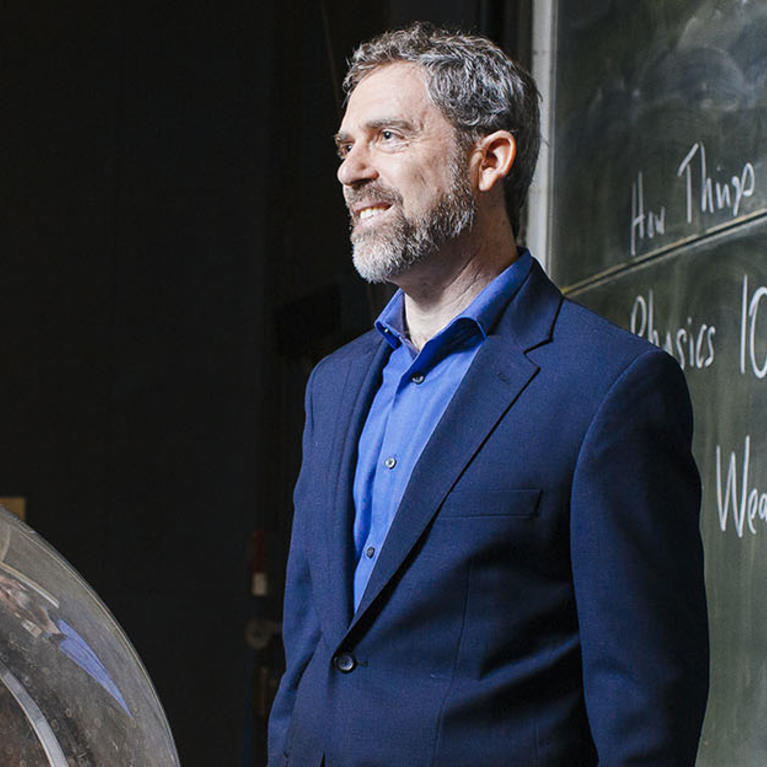
Physicist named deputy spokesperson for major international experiment at Brookhaven National Lab
Kenneth Barish, chair of the UCR Department of Physics and Astronomy, has been named one of two deputy spokespersons for the STAR Experiment at the Relativistic Heavy Ion Collider, or RHIC, at the Brookhaven National Lab. The Solenoid Tracker at RHIC, known as STAR, is the only major experiment currently operating at RHIC and tracks...
By IQBAL PITTALWALA | Inside UCR |
Let us help you with your search